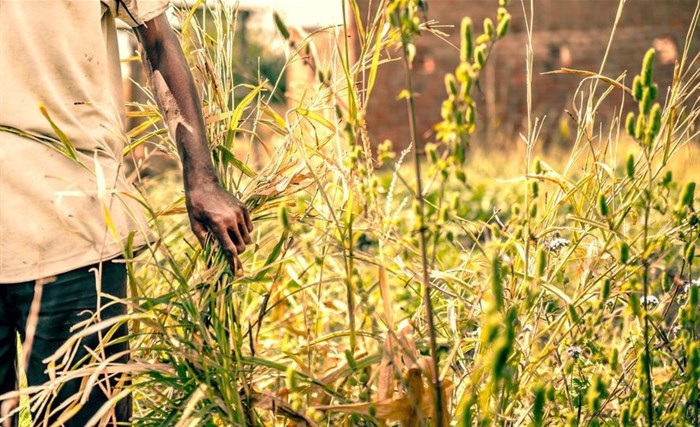Following a stellar performance in 2017, South Africa's agriculture output shrank by massive 29.2% in the second quarter of 2018 and contributed -0.8 of a percentage point to GDP growth. the follows a contraction of 24.2% quarter-on-quarter (q/q) in the first quarter of 2018. The decline was attributed to a decreased production in fields crops and horticultural products.
For field crops, this was not surprising as the planted area for 2017/18 for crops that are currently being harvested was cut by 7% year-on-year to 6.12 million hectares with the biggest crop, maize, falling by 12% year-on-year. Further, the decline in the planted area was largely due to depressed producer prices on the back of a massive crop of 17.66 million tonnes of maize in the 2017 harvest. The drop in horticultural products is largely due to the impact of drought in Western Cape where a significant amount of the fruits and vegetables are produced.
Nonetheless, the official crop estimates indicate the current harvest will yield a total of 13.8 million tonnes of maize which is way above the long-term average of 12.5 million tonnes. From a supply perspective, South Africa remains well supplied of this important staple as the huge carryover stock plus the current harvest will bring total supplies for the 2018/19 marketing season to just over 16.7 million tonnes with local consumption only 10.8 million tonnes.
Focus now turns to the new crop season and early indications are that we might have dry conditions prevailing, which would impact negatively on agriculture, decreasing the total crop output for the upcoming season. Recent long-range forecasts from the International Research Institute for Climate Science (IRICS) indicate a 60% chance of a weak to moderate El Nino development by year-end, this may continue to rise to 70% during the mid-summer of the 2018/19 crop season.
Nonetheless, it is still early days to make any widespread conclusions on the conditions. We will await further weather forecasts in the next two months when some level of confidence is established.







































